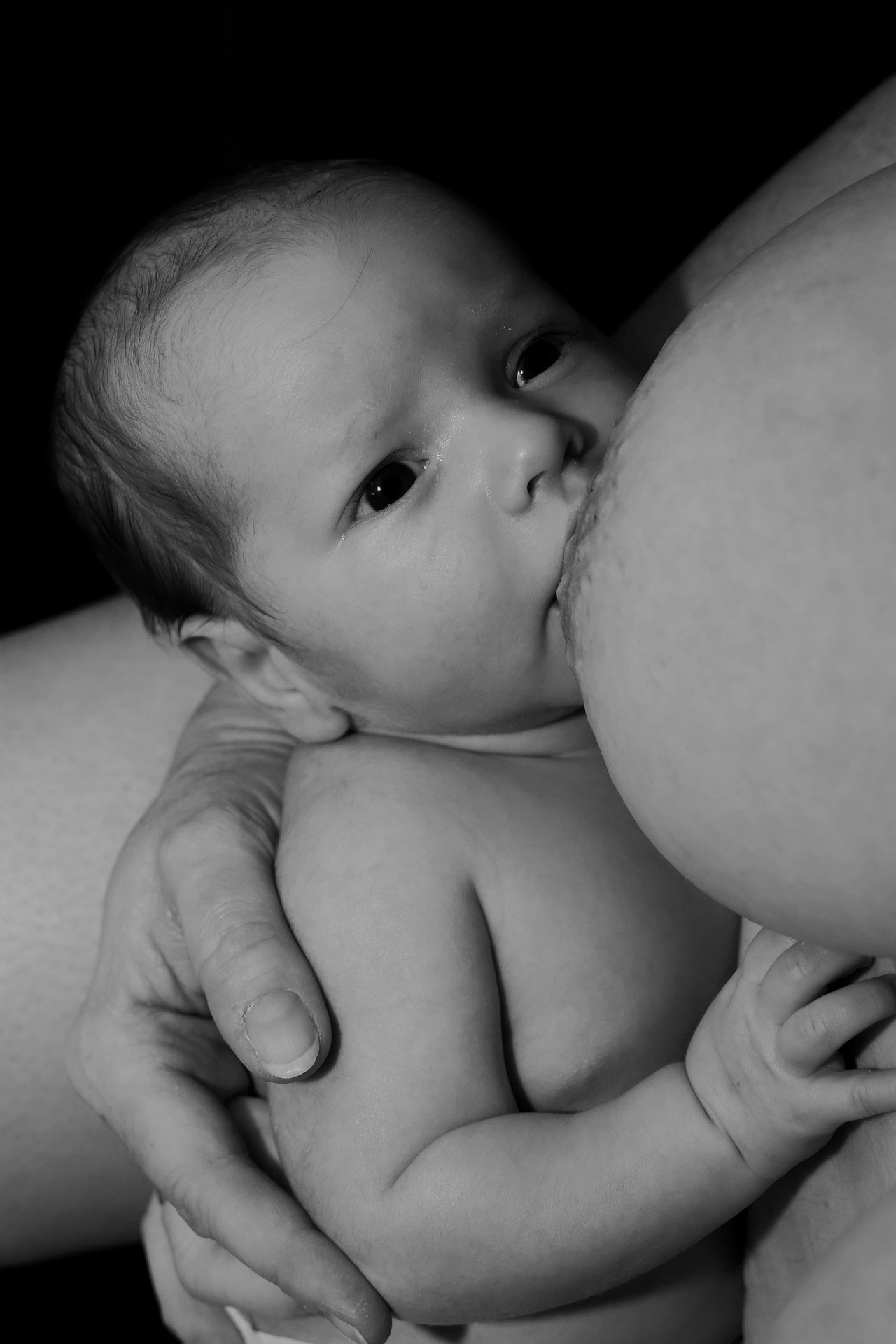10 Tips on How to Treat Sore Nipples When Breastfeeding
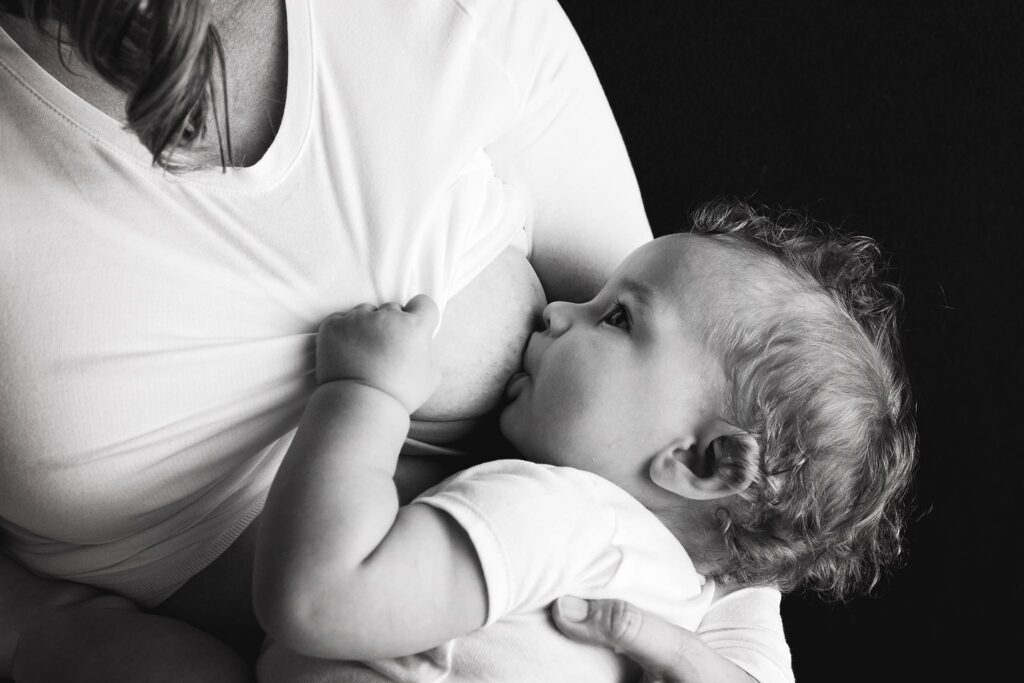
When my wife delivered, she experienced the nightmare of sore nipples when breastfeeding. I would freak out seeing her seething in pain as our son suckled. Out of panic, I rushed to check on the stats on sore nipples from breastfeeding and found that about 38% of women experience this condition while nursing.
As a breastfeeding mother, your nipples can crack and become sore or just sore without cracking. Although it is normal to have sore breasts 1-2 weeks after delivery, extended pain could mean something is seriously wrong.
What Causes Nipples to Hurt While Nursing?
There are four reasons why your breasts might become painful or sore while breastfeeding. These include:
1. Mastitis
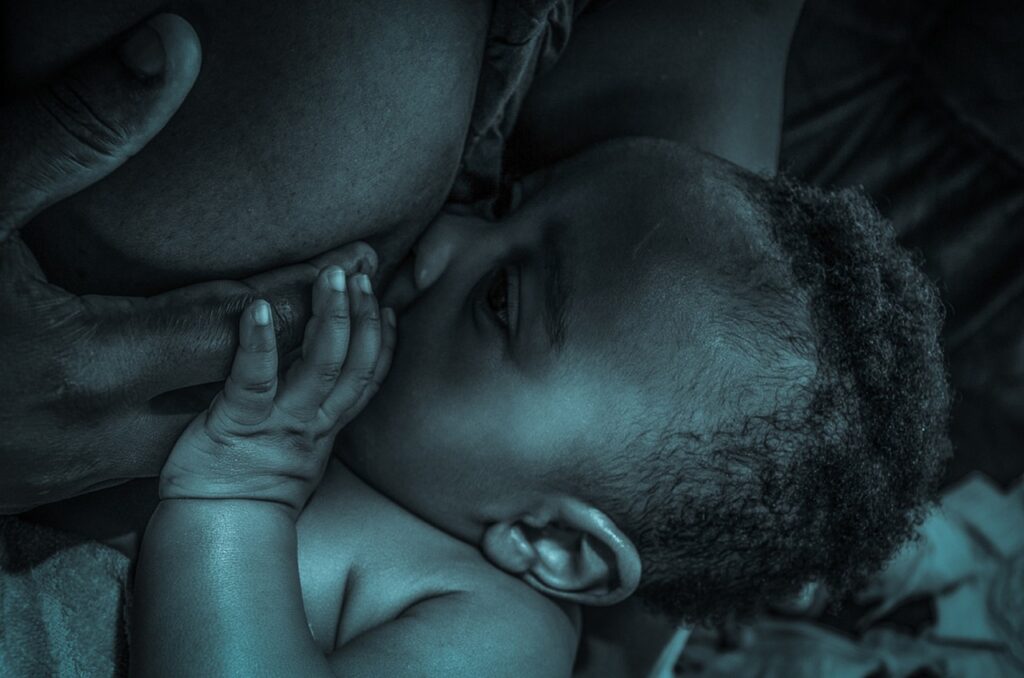
In my previous article on how to dry up milk supply, I mentioned complications that might arise from the procedures, including mastitis. Mastitis, commonly known as breast infection, occurs when a harmful bacteria enters the breast through the milk ducts or cracked nipples.
Mastitis-causing bacteria can come from the baby’s (babies’) mouth or the surface of the breast. Nursing mothers can get mastitis at any time, although it is more predominant during the first month postpartum.
Mastitis mainly affects one breast and causes swelling, excruciating pain, fever, and redness in the nipples.
2. Clogged Milk Ducts
When milk ducts are clogged, you will likely experience sore nipples. Clogged ducts cause milk to accumulate, increasing the risk of infection.
Massaging the breasts before a nursing session is a perfect way to treat clogged milk ducts. When nursing, it is advisable to empty the breasts to minimize the accumulation of milk and subsequent clogging.
3. Breast Engorgement
Three to four days after delivery, breast milk comes in large quantities. The heavy flow causes the breasts to grow heavy and large as they swell up with milk, resulting in sore nipples. In most cases, breast engorgement only lasts for a few days.
4. Milk Letdown
Have you felt like needles or thorns are pricking your breasts while nursing? This is a common sensation mothers experience- my wife was not exempt. The sharp pain is called milk letdown during breastfeeding.
The sharp pain indicates that your milk ducts are releasing milk as expected and should not be a cause for alarm. You will likely experience milk letdown during the first few months when the milk supply is plenty.
5. Pumping Equipment
Using a high-suction setting to pump breast milk results in sore nipples. During the pumping session, the breast pump might create some friction on the nipples, resulting in soreness.
6. Nipple Blanching and Vasospasm
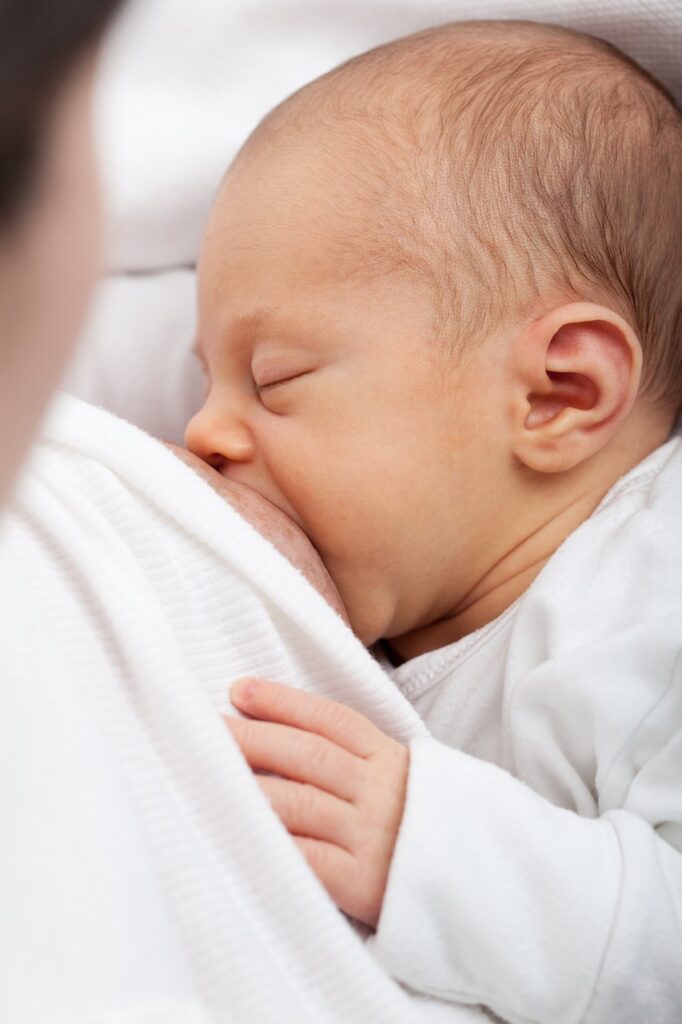
Another reason why you can get sore nipples when breastfeeding is due to nipple blanching and vasospasm. Nipple blanching is a condition in which the baby bites your nipples too hard, compressing them in the process. You can easily note nipple blanching, thanks to the funny shape that forms after breastfeeding and a whitish color.
On the other hand, vasospasm is a condition in which the blood vessels around the nipples contract, leaving you in excruciating pain. The main cause of vasospasm in breastfeeding mothers is unknown. However, breastfeeding women suffering from Raynaud’s disease are at a higher risk of suffering from vasospasm.
7. Nipple Sensitivity
As a first-time mother, you might get alarmed when you experience a stinging-like sensation when breastfeeding or pumping breast milk. What’s more worrying is that the sharp and painful sensation only lasts 30 seconds and then disappears.
Unlike clogged milk ducts that last for more than a month, nipple sensitivity clears in less than a week after delivery. The bad thing about it is that it might leave your nipples sore.
What Causes Cracked Nipples When Breastfeeding?
As a mother, you are also likely to experience cracked, bleeding, tender, or blistered nipples when breastfeeding. Dealing with cracked nipples and a colic baby is something that no mother wishes upon herself and others. These are the major causes of cracked nipples when breastfeeding.
1. Poor Latch
First-time mothers are more likely to give their babies poor latches if an expert does not train them. Latching refers to how the baby holds the breasts while suckling. Poor latch occurs when the baby starts chewing on the nipples with soft gums instead of gumming the areola.
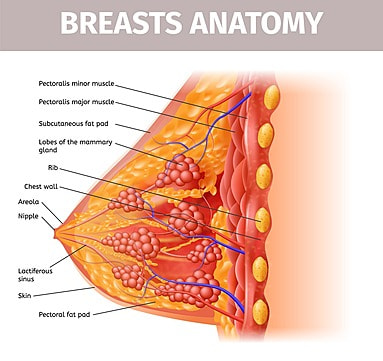
You can easily tell that the baby has a poor latch if you experience a sharp sensation on the whole breast or the nipple any time they breastfeed.
A baby with a poor latch will likely produce a clicking sound when suckling. Poor latch frustrates the baby, and you can easily note it since they might turn red, chew the nipple, gape, or appear fussy. As the baby continues to take out the frustration of poor latch on your nipples, they end up cracked and sore.
2. Milk Blebs or Blisters
A milk bleb, or milk blister, occurs when the milk ducts become clogged, making the trapped milk thicken. In some cases, some skin might grow on the breast’s bleb, further clogging the nipples and making them sore.
Any attempt to unclog the ducts or blebs results in damage and might result in cracked nipples.
3. Dry Skin
In some cases, the skin on the nipples might become so dry, a condition called contact dermatitis, that it starts to crack. Certain soaps or creams can cause contact dermatitis.
Contact dermatitis is a temporary condition you can manage by expressing breast milk and applying it to the cracked area. Alternatively, you can apply pure lanolin in brands such as PureLan or Lansinoh.
Caution: Never dry sore or cracked nipples with an air dryer. That will only leave your nipples drier and sorer.
4. Eczema
According to the National Eczema Association, 7.3% of adults in the US suffer from eczema, and therefore, nursing mothers can still get the disease. Eczema creates a reddish, scaly rash affecting your skin and breasts. In severe cases, the eczema might create cracked nipples. The disease also creates nooks and crannies that resemble the back of your elbows or knees, as shown in the picture below.
Teething
I wrote this article on teething issues that babies develop to create awareness for breastfeeding mothers. Although babies bear the brunt of teething, breastfeeding mothers are not left out. As the teething baby tries to relieve the discomfort of teething, they might bite or chew their mom’s nipples.
If you don’t give them a teething toy or numb their itchy gums, your nipples might end up sore or cracked.
How to Manage Sore and Cracked Nipples in Breastfeeding Mothers
These tips will help you deal with cracked and sore nipples when breastfeeding:
a) Find the Right Latch and Position
As a first-time mother, you might struggle to get the right latch or breastfeeding position. Similarly, each baby has a specific preference for latch and breastfeeding positions.
When you learn your baby better, controlling their latch and preference becomes easier, which helps prevent cracked or sore nipples.
b) Apply Warm Compress After Nursing
Putting a warm compress after nursing is a good way to relieve your nipples of any soreness that might occur. Soak a cloth in warm water and place it over the nipples for about 3 minutes.
c) Ice Before Nursing
Apply some ice before breastfeeding or pumping milk. This strategy numbs the breasts and makes them comfortable when the baby latches on you or you start pumping the milk.
There are two ways to numb your breasts before breastfeeding:
- Wrapping ice cubes on a piece of clothing and placing them over your breasts.
- Place fresh cabbage leaves inside your nursing bra for 30 minutes before breastfeeding.
d) Start With The Healthy Side
If you have cracked nipples, there is a possibility that breastfeeding and pumping milk becomes unbearable. Regardless, one side could be more bearable and in better shape than the other.
In that case, starting nursing with the less painful side is advisable. The strategy ensures that the baby does not starve due to sore nipples.
e) Pay Attention To Baby’s Hunger Cues
There are certain tell-tale signs of hunger in babies that are easy to spot. Things like nibbling toes and fingers, yawning, or getting fussy are signs of hunger in babies.
When you fail to feed the baby in time, they feed greedily, during which they might bite your tender nipples, making them crack or sore.
f) Rinse With Saltwater
Rinsing sore nipples with warm salt water helps them heal faster. To do this, put a half teaspoon of table salt in a glass of water and stir with water until it fully dissolves. Immerse a cloth in the warm water and place it over the nipples for about 3 minutes.
g) Change Breast Pads Frequently
Breast or nursing pads are disposable pads that nursing mothers put against their nipples to absorb any milk that may leak.
It is advisable to buy soft, cotton nursing pads. Alternatively, you can buy disposable nursing pads to reduce the risk of infection, especially if you have cracked nipples.
h) Wear The Right Bra
As a mother to the little one(s), buying nursing bras instead of regular ones is prudent. The bra should be gentle and the right fit since a tight one might hurt the delicate nipples.
While at it, make sure you rinse the bras thoroughly. Any detergent that comes into contact with cracked nipples might result in irritation or infection.
i) Air Out
If your nipples are sore or cracked, putting on a bra all the time could be detrimental to your breasts. When you are indoors, it is advisable to stay without a bra for some time to allow the breasts to catch some air. If the nipples are sore or cracked, they will heal faster.
j) Apply Breast Milk
Applying breast milk on sore nipples is a good way to heal them. Breast milk contains anti-bacterial properties and is affordable, so you don’t have to break the bank to treat cracked nipples.
Frequently Asked Questions on Sore Breasts
i. What is the fastest way to heal sore nipples?
There is no specific time frame to how fast sore nipples can heal since several things come into play. First, the cause of the soreness might affect the time it takes to heal. Second, every woman has a unique body and responds differently to different medications, hence the varying healing time-frame for the same treatment.
ii. Why are my cracked nipples not healing?
When the skin cracks, it takes time to heal. In some cases, cracks in the nipples might take several days to heal.
However, if your nipples do not respond to the ten tips above or their condition keeps getting worse, it is advisable to seek medical attention as soon as possible. For example, if the nipples start producing pus, you should see a doctor immediately.
iii. Is it normal to have cracked nipples?
It is common for new mothers to have cracked nipples, but that does not make it normal. Cracked nipples could be a sign of an injury from a poor latch or an underlying infection.
iv. Can I breastfeed with cracked nipples?
Yes. You can breastfeed with cracked nipples, especially if they don’t hurt or give a tingly feeling a lot. However, if the cracked nipples bleed or produce pus, you should stop breastfeeding and seek medical attention.
v. How long should cracked or sore nipples take to heal?
There is no specific timeline on how long it should take for your sore or cracked nipples to heal since different bodies respond differently to treatment. Regardless, most mothers have recorded an improvement in their nipples’ condition within just a few days or at most two weeks.
Bottom Line
Although cracked or sore nipples when breastfeeding are a nightmare, they should not scare you. The first thing to do when your nipples start to hurt is to know the cause. Once you have identified the cause, it becomes easier to treat the nipples or breasts.
While still under medication, don’t leave your baby to starve. The ten tips on managing sore breasts are priceless and will make your nursing experience incredible.
